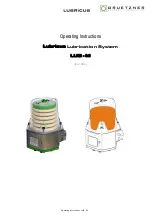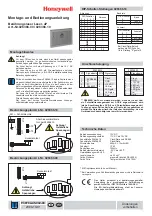
USER'S MANUAL, VERSION 2.0
Copyright © Convergence Systems Limited 2021, All Rights Reserved
340
Appendix F: Target
Target refers to the target flag that the reader wants to inventory. There are 2 possible flags of
an RFID tag: State A and State B.
When an RFID tag is first powered up, it has a flag of State A. After it is inventoried, the state
of the flag becomes State B.
The tag will only go back to State A if either it is powered off and powered on again, or if its
persistence time has run up (See Appendix B).
For each round of inventory, the reader sends out a notification to the environment which tag
flag state it wants to inventory. It can inventory State A, or it can inventory State A and State B
alternatively from one round of inventory to the next round of inventory.
In theory, it is a good thing to inventory only State A. The reason being that those tags that
have been inventoried should not respond again, and will hence quickly reduce the amount of
collisions between tags. Generally in practice if you set inventory to State A only, the inventory
of large amount of tags can be faster.
The only catch is that when a tag responds to the reader, it does not know another tag is
colliding with it. It sends out the response and thinks it has done the job, hence transitioning to
flag State B. So in such a case, the tag will not respond to further inventory queries by the
reader, even though its response has been lost due to collisions. Because of that, sometimes the
user will set the inventory to target State A in one inventory round, and then State B in the next
round, and vice versa, and so on. This is called A/B Toggle or A & B Dual Target or simply
Dual Target.







































